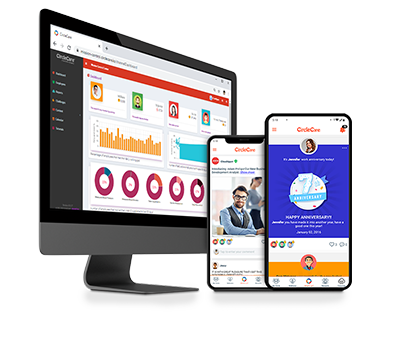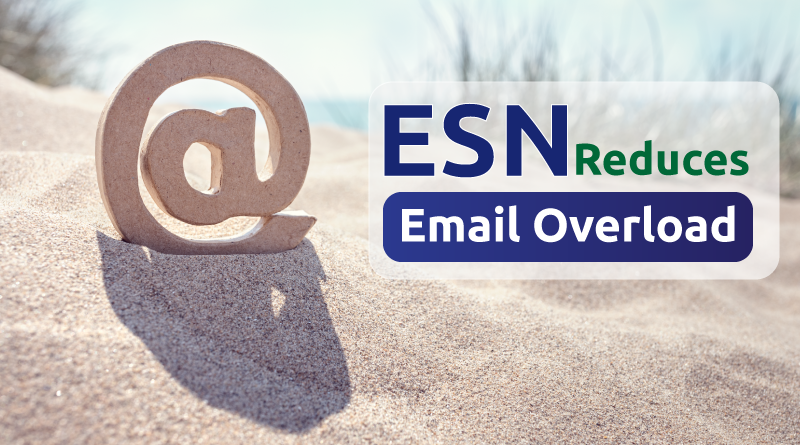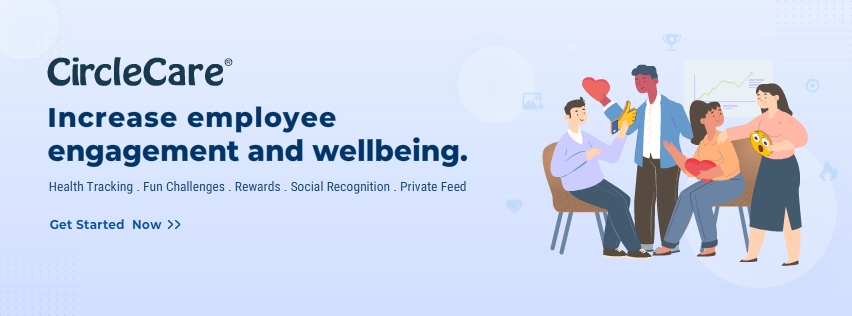An email has had a long-lastingly influence on the world of work. And gave us access to ongoing messages and changed the way we remain in contact and complete work fundamentally. However, it has also become a curse in the eyes of some users. McKinsey found that the average office employee now spends 20% of the workweek on reading and answering emails. Other studies show that the average inbox only contains 38% relevant e-mails, which means that almost two-thirds of the content in the average inbox is largely irrelevant.
Curiously, today’s outmoded communication tool now appears to be e-mail. Its very nature is one-directional, such as sending a letter or a telegram without a clear indication of the reading or expectation of a reply. In contrast, our personal lives have become the de facto way to maintain relations with people through real-time social media and chat apps. More responsiveness of these tools also makes them an increasingly popular choice in the business environment.
Why is email a thing of the past?

Corporate Wellness App
CircleCare
So now is it time to end the enterprise email? Email conversation is just a single way that puts pressure on people, and for all the advantages it has brought to the working world over the past few decades. Email provides a one-way task from someone else who does not know whether the other person is busy or not.
Email creates information silos as well. Inboxes act essentially like people’s work lists and information can possibly be locked up in emails and on attachments, as employees leave companies and do not centrally share or store these data.
However, perhaps the greatest downside of email in the modern era is that collaboration is simply not possible. Collaborative workplaces and digital technology can contribute significantly to the empowerment of employees to collaborate. E-mail is very limited in this context.
Try enterprise social networking (ESN)
However, enterprise social networks, such as CircleCare, let us collaborate in real-time on our terms. Without sending information as a big attachment to an e-mail, they allow us to share information and store knowledge and information. They help us to connect employees and teams globally and improve the flow of information between colleagues.
With greater collaboration and coordination on key projects, employees now have a voice that they might have had difficulty hearing their ideas before. Slack, the tool for collaboration in the workplace, has 4 million users every day and an average daily massive user growth of 32%.
Use ESN as a tool for innovation
The ability to secure sponsors or champions is one of the major key success factors in enterprise social network adoption. It’s about persuading key figures that the world has changed and that communications have moved on to be much more focused on collaboration.
Therefore the onus is on corporate communication and internal teams to make the case for ESN; they need to make it make sense for everyone. Why have we integrated such a tool? Because we want to speed up innovation and call for opinions and ideas from right across the enterprise.
Traditional command lines have changed under ESN. Everyone can ask a question and collaborate in projects and initiatives. As the line of command has changed, setting up your ESN is also important for human resources (HR) to involve. Other business units have parts to play, but HR regulates the way of interaction between employees and its managers and directors. And therefore, they play an important role in establishing processes in place to steer and manage that.
You would also like your executives to be the leaders and exemplary. I like to mention them as the “conductor of the orchestra,” as they are no longer the person that owns the information at the top level. They are instead leaders and facilitators and they must interact with and engage all stakeholders to make the best of their team, making ESNs successful in the end. The ‘gamification’ of ESNs to drive usage and advocacy is also a potential way of getting champions on board. At CircleCare we award points and badges for participation and engagement and have had greater success in driving adoption by enabling our ESNs “fun.” to utilize.
What’s next?
When you contribute to today’s changing demographic workforce, the increase in Generation Y employees, by the way, the company leaders in the future, and their expectations for communication in the workplace, enterprise social networks appear to be a natural progression.
Usually, employees use tools that better and easier accomplish their job. Then it seems likely that ESN will bring shift away from e-mail, just as e-mail substitutes for fax and mobiles replace a desk phone. This is central to collaboration.
Gartner forecasts in 2013 that “social networking services will substitute for 20% of businesses by 2014 by e-Mail, the primary vehicle for interpersonal communication.” Maybe they were a bit ahead of schedule with that one, but ESN looks like an app that at least stops overloading emails.




